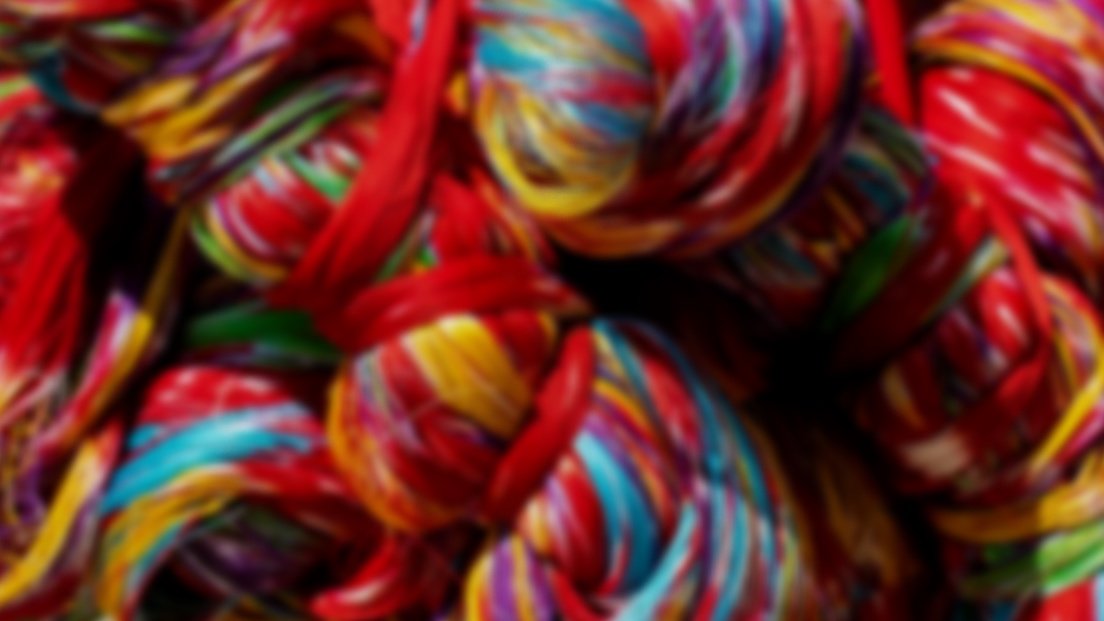
Sari Weaving in South India
Artist Statement:
These photographs were taken in a small village (Bandarulanka) located in Southeast India and serve to showcase the art of handweaving saris (traditional Indian women's clothing). Despite having once been a national symbol of freedom and self-reliance, today handwoven saris are becoming a rarity in industrialized India. While the artform itself is breathtaking to witness, the vibrant silk colors serve as a diversion for the meager conditions these skilled workers exist within. Working tirelessly throughout the day, it takes these weavers one to two days to complete just one silk sari. Each worker receives about 200 rupees (-$2.5) for each sari, which can sell for up to 40,000 rupees (-$500). The profit-maximizing nature of these businesses coupled with the lack of proper labor-law enforcement often leaves these highly-skilled artisans in a continual cycle of poverty.
These photographs in rural southeast India allow for reflection into the role of consumption in shaping both our lives and the lives of those we indirectly interact with. To begin, the onset of fast fashion and the unsustainable consumption of clothing not only enhances the potential for worker exploitation, but is known to be a cause of significant environmental degradation. Furthermore, the consumption of one's labor for profit is deeply rooted in our society's economic and power structures. Without proper protections and enforcements, laborers such as sari weavers may be further exposed to exploitative practices in the workplace. Finally, these pictures shed light on the consumption of livelihood. As technologies advance and dominate age-old industries such as sari handweaving, modern consumers are not only consuming products, but are indirectly consuming the livelihoods of those responsible for production.






